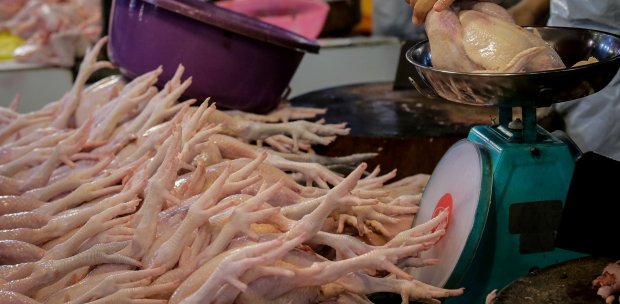FIRST, let's deconstruct the RM85 a consumer claimed he paid at a Cameron Highlands establishment for three plates of rice, a bowl of tom yam, a fried egg, a plate of kangkung belacan and three drinks.
This consumer, from Balok, Kuantan, claimed the cost of a recent excursion to the highland resort with two companions was "excessive". He complained that in Balok, he could order two siakap for RM85, not the food the three of them had in Cameron Highlands. Insisting that the price was "insane", he lamented that during his jaunt prices had "soared to alarming heights".
Apologies, but RM85 for that kind of spread is quite relative. In Kuala Lumpur, the price is "normal", perhaps also for a tourist trap like Cameron Highlands, depending on the type of establishment and whether it was a hawker stall or a restaurant.
But the aggrieved consumer's real beef shouldn't be with fluctuating prices, always an establishment's prerogative, but how the price was (mis)advertised. The consumer stated so, startled that a roti john priced at RM9 on a Friday sold for RM12 the following day at the same outlet.
Depending on how the prices were advertised, the consumer may not have a case, unless he could prove that the higher prices he paid contradicted what was stated in the menu. If this was what happened, then the consumer might have a case under the Consumer Protection Act 1999 that checks false advertising, a provision prohibiting "misleading and deceptive conduct", "false representation" and "unfair practice" capable of leading consumers into error.
Pahang Consumer Affairs Committee chairman Sim Chon Siang reacted immediately: the Pahang Domestic Trade and Cost of Living Ministry's team went to the Brinchang outlet, revealing that menus with actual meal and drink prices were displayed. The complainant should produce the receipt from the day he "overpaid" to compare it with the menu prices.
To be fair to restaurants and hawkers, the pricing of food and goods is an art form, derived from market research and entrepreneurial instincts, not rocket science.
This is why an authentic Bentong patin meal can be charged handsomely, while copycats elsewhere are priced nominally cheap. The lesson is simple: check prices before splurging. If prices are outrageous, you can chide the management for cut-throat practices or move on. But if a purchase is made without checking actual prices, the consumer has to carry the liability.
At least with a handbag, there may be a return policy, but with food already digested, a complaint under the Consumer Protection Act is the only recourse. And a vow not to return to that establishment, coupled with a social media video venting about the experience.





